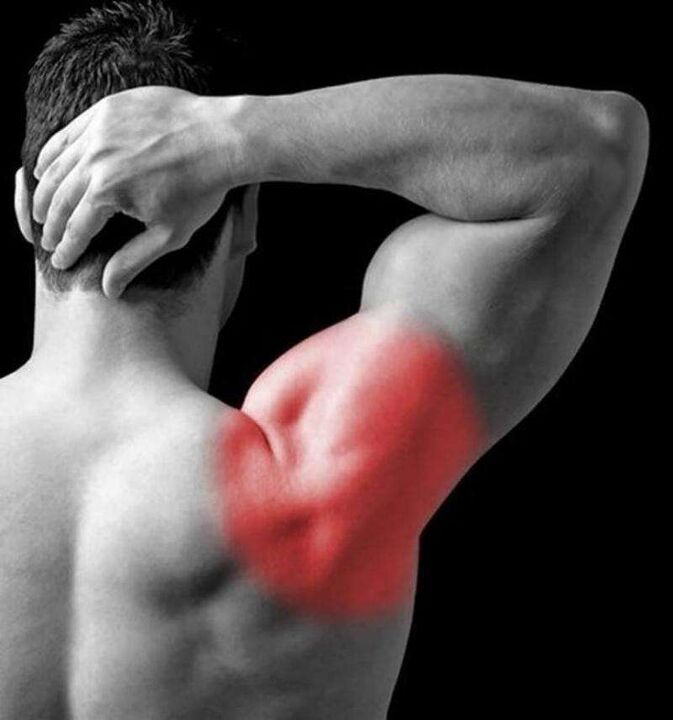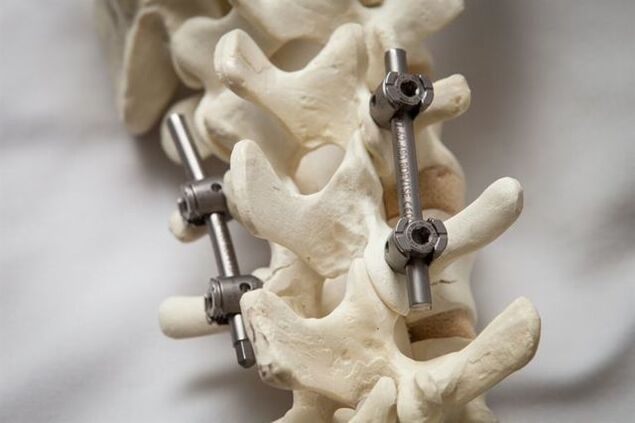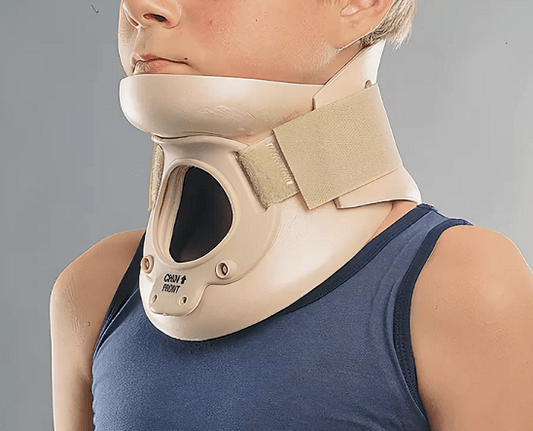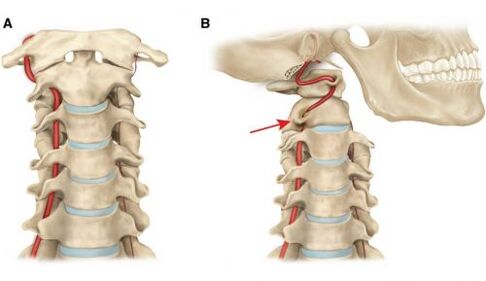Second-degree osteochondrosis of the cervical spine requires professional treatment. With the development of this pathology, the integrity of the intervertebral discs is destroyed, and the gap between them is also reduced. Among all forms of osteochondrosis, cervical spondylosis is the most common. The neck is mobile, and in this regard, it is often stressed. The initial stage of osteochondrosis can be tolerated normally. Launch-Carry a huge threat to health.
Why does cervical osteochondrosis occur?
There are many reasons for cervical osteochondrosis. People with a sedentary lifestyle may develop pathology. Veins pass through the vertebrae in the neck area and supply blood to the cerebral blood vessels. Osteochondrosis SHOP often occurs due to increased neck pressure. 1 degree osteochondrosis of the spine occurs in young and old people. It is not age that plays an important role, but lifestyle and physical characteristics.
Second-degree cervical osteochondrosis is common in adolescents. In medicine, there is the concept of "juvenile osteochondrosis". The common cause of 1, 2 degree osteochondrosis is the wrong head position. When this disease progresses, the pulp will rupture. The type of osteochondrosis depends on the severity of the pulp rupture. Failure to treat first-degree osteochondrosis will lead to the progression of the pathological process. In the third stage of the disease, the degenerative malnutrition process is obvious: patients are more often worried about back and neck pain.
Features of the first stage
With 1 degree cervical osteochondrosis, the pathological process extends to the muscles. The initial stage is characterized by the formation of cracks in the annulus. It is composed of collagen fibers.

Osteochondrosis of the cervical spine causes uncomfortable symptoms:
- The first stage of osteochondrosis is pain in the back of the head. Some people will swell. For 1 degree cervical osteochondrosis, severe cramping pain may occur.
- If a person is diagnosed with cervical osteochondrosis, he needs to see an ophthalmologist. The pupils can be dilated.
- 1 degree cervical osteochondrosis often leads to Wright syndrome. If the patient puts his hands behind his head, the pain will increase.
- Neck pain syndrome usually occurs at the onset of the disease. In this case, inflammation affects the muscles. The progression of cervical pain syndrome is related to abscesses. A person begins to feel pain in the neck and limited joint movement.
- In the first stage, anterior scalene syndrome may occur, in which case the subclavian artery is affected.
How is the treatment performed? The goal of treatment is to repair broken pulp and prevent unpleasant symptoms. The treatment of cervical osteochondrosis is performed by surgery. The postoperative time was 7 days. After a month or two, the sutures gradually grow together.
To ensure disease prevention, you need to wear a special collar, which is worn around your neck. The doctor recommends the use of calcium gluconate solution. This therapy helps to heal wounds.
What happens in the second stage of the disease?
Second-degree cervical osteochondrosis develops when early treatment fails. The inflammatory reaction becomes obvious, and the intervertebral foramina is reduced.
2 degree cervical osteochondrosis leads to osteophyte formation. These are bone processes that are formed in the context of dehydration.
Stage 2 cervical osteochondrosis can last for 4-5 years. The disease will subside and worsen periodically. A feature of the disease is fall syndrome.
Treatment includes manual therapy. The goal is to provide normal fixation for the neck muscles. Depending on the situation, orthopedic treatment (connection of vertebrae) may be prescribed. Need medication. Calcium chloride is used to relieve pain. Remedial gymnastics is recommended: 30 minutes a day. The main load should be on the joints.
How is the third stage reflected?

The treatment of third degree osteochondrosis is quite difficult. With this disease, the structure of the intervertebral disc changes.
The pathological process involves tissues and joints:
- The vertebral body is torn, with characteristic signs of intervertebral hernia. The patient began to feel severe pain in the back, neck and limbs. Degenerative malnutrition reactions affect most of the neck.
- Third degree osteochondrosis of the cervical spine is characterized by vestibular disorders. Periodically, a person will experience temple pain. Some patients may partly lose consciousness.
- The danger of the third stage disease is that it leads to endocrine pathology. Treatment involves manipulation and the use of manual techniques. In the third stage of cervical osteochondrosis, no prescription drugs are prescribed.
- The patient may have multisegmental osteochondrosis. This disease affects all segments of the cervical spine, impairs the mobility of the shoulders, and causes pain in the elbows.

In order to restore the function of the spine, you need to wear a neck brace.
Disease syndrome
Cervical osteochondrosis is accompanied by the following syndromes:
- When cartilage and bone tissue participate in the pathological process, vertebrae occur. Impaired neck mobility. If a person tries to turn their head to one side, pain will occur in the occipital area of the neck. Morphological changes in the vertebrae can be seen on X-rays. The symptoms of a syndrome are interrelated. An important sign of vertebral body syndrome is the morphological changes of cartilage tissue and bone structure. This syndrome is difficult to diagnose. Myositis has similar symptoms.
- Vertebral artery syndrome is another manifestation, which can occur regardless of the degree of cervical osteochondrosis. The pathological process affects the arteries that supply the brain. From time to time there will be a feeling of being stunned. Dizziness is a symptom of vertebral artery syndrome. Blood pressure can jump, and nausea and vomiting appear periodically. The nerve endings are stimulated, so headaches occur. For vertebral artery syndrome, fainting and hypoxia may occur. The disease is accompanied by the deposition of atherosclerotic plaque on the walls of blood vessels.
- Heart syndrome is manifested by pain in the sternum. Rapid fatigue and performance degradation are observed. The heartbeat becomes very fast. Diagnosis includes angiography and functional tests. Nerve root syndrome is related to spinal nerve damage. This is one-sided. For radiculopathy, neck pain is observed with paralysis.

It should be noted that osteochondrosis can cause damage to a large number of vertebrae.
What is thoracic osteochondrosis?
Thoracic osteochondrosis is detected in young and old: age does not matter. Pathology leads to degenerative dystrophic changes in cartilage and bone structure. Late treatment can destroy the structure of ligaments, joints, and intervertebral discs. In the advanced stage, thoracic osteochondrosis causes destruction of the intervertebral disc.
Complications of the disease can be:
- Pulmonary sclerosis;
- Infertility
- Malignant formation.
If the disease develops in young people, premature aging of the musculoskeletal system is observed. Cartilage structure and tissue function are significantly impaired.
Clinical manifestations and causes
- With the development of this pathology, chest pain appears. They occur in calm positions and while driving. After lifting weights and turning sharp turns, the unpleasant feeling will increase.
- The disease is manifested as back compression. Due to this problem, breathing will be affected.
- There may be chills.
- Some people complain of peeling skin and thinning of nail plates.
The disease is related to the pathological reaction of the intervertebral disc. It can be inherited. One predisposing factor is disc failure. In some people, the disease is diagnosed in the context of osteophytes. The cause may be insufficient physical activity, or conversely, insufficient physical activity.
Therapeutic activity
If there are no neurological symptoms, complex treatments are still needed. The treatment cannot be postponed, otherwise it will cause the destruction of the intervertebral disc.

Before starting treatment, it is necessary to make a diagnosis. If a person has identified at least one of the above symptoms, he needs to see a neurologist. The doctor will perform a medical history and explore the chest area. Palpation reveals a herniated disc. If the doctor finds anything, he will prescribe additional tests. Radiography is required. The MRI program allows you to study the musculoskeletal system and identify tumors.
Treatment depends on the degree of breast osteochondrosis; treatment begins after diagnosis. The doctor prescribes drugs that help relieve pain and restore the function of the musculoskeletal system. In order to treat this pathology, injections, physical therapy, and physical therapy exercises are needed. Additional procedures-magnetic therapy, vacuum therapy, physical therapy exercises.
Daily exercise has complex effects on the body and can improve the function of the musculoskeletal system and respiratory system. Massage can reduce the severity of pain, increase muscle tone, relieve fatigue, and improve blood circulation in the tissues. The procedure is performed by experienced experts.
in conclusion
How many years can cervical and thoracic spine osteochondrosis live? Pathology is not life-threatening, but its symptoms can cause severe discomfort. The clinical manifestations of the disease may change: it all depends on the effectiveness of the treatment.














































